OT Hand Therapy
Help your employees recover from hand, finger and wrist injuries with support from our AHTA-accredited hand therapists.
Trusted by leading Australian employers.








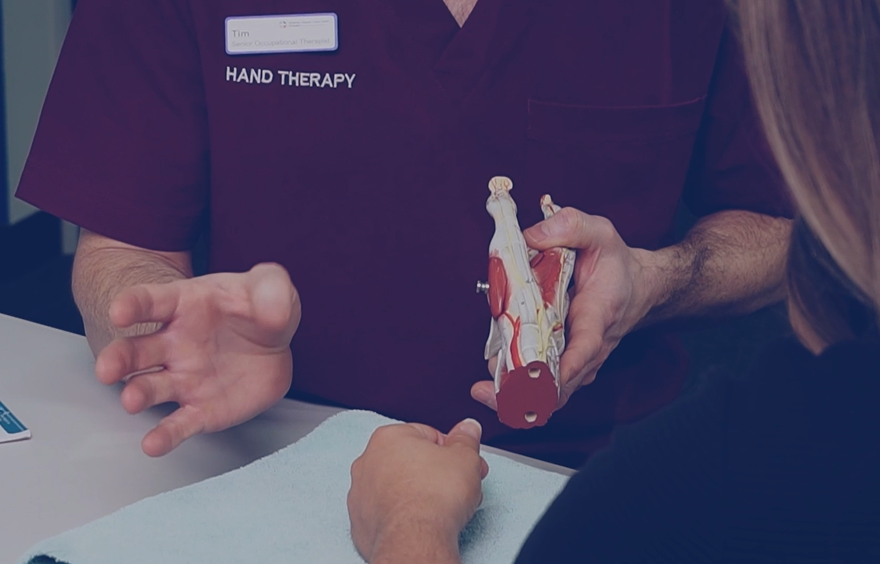
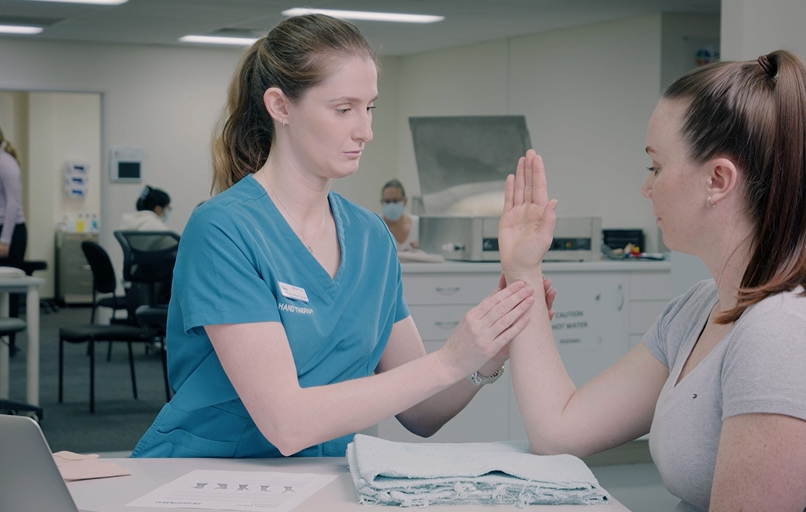
Treat Finger, Hand, Arm And Shoulder Conditions
The most common class of workplace injury is sprains, strains and dislocations, followed by chronic joint and muscle conditions.
Many of those injuries affect the fingers, hands, arms and shoulders, and range from chronic conditions like arthritis to amputations and burns.
Hand and arm injuries don’t need to be severe to affect a worker’s ability to perform.
Even minor pain or loss of mobility can compromise fine motor skills – the kind necessary for everything from typing to using a drill.
Our AHTA-accredited hand therapists help injured workers prevent and treat work-related injuries, accelerating the return-to-work process and stabilising progressive conditions like arthritis.
We Manage Common Workplace Injuries
Why Choose RediMed?
Our dedicated customer relationship managers understand your specific needs and tailor a solution for your workers.
Our experienced and qualified Hand Therapists help address injuries early on so employees can recover and return to their normal life and work faster.
Through our end-to-end allied health programs, all our doctors, specialists and allied health practitioners work cohesively to improve employee health.
We're laser focused on early intervention, prevention, treatment and rehabilitation. Our approach helps get your people back to work to save you time and money.
What Does A Hand Therapist Do?
Accredited hand therapists are occupational therapists and physiotherapists who have undergone additional training.
They can assess and treat finger, hand, wrist, arm or shoulder conditions, which includes treatment planning, providing post-operative rehabilitation and preventive care.
Common interventions include:
- ergonomic modifications
- exercise therapy to increase strength, dexterity, and range of motion
- manual therapy, like massage
- orthotic fabrication, which can include fabricating thermoplastic splints
- pain management
- scar tissue management
- work hardening for new or returning workers
- wound management
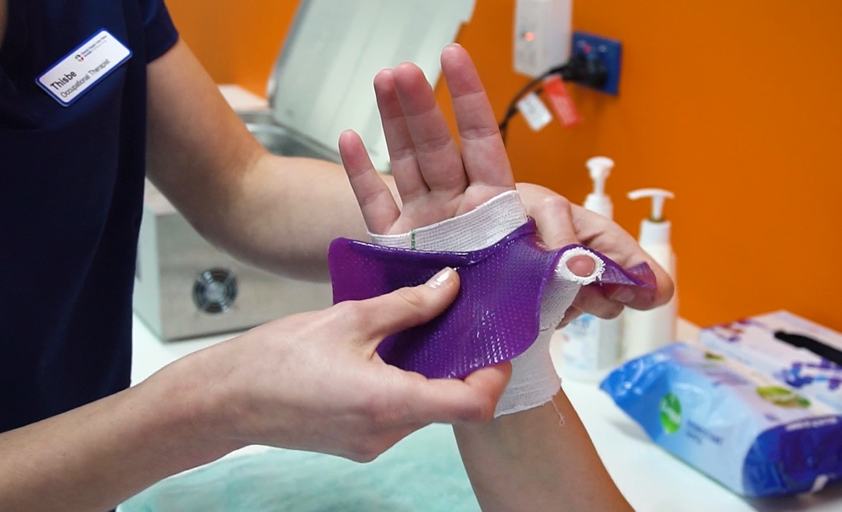
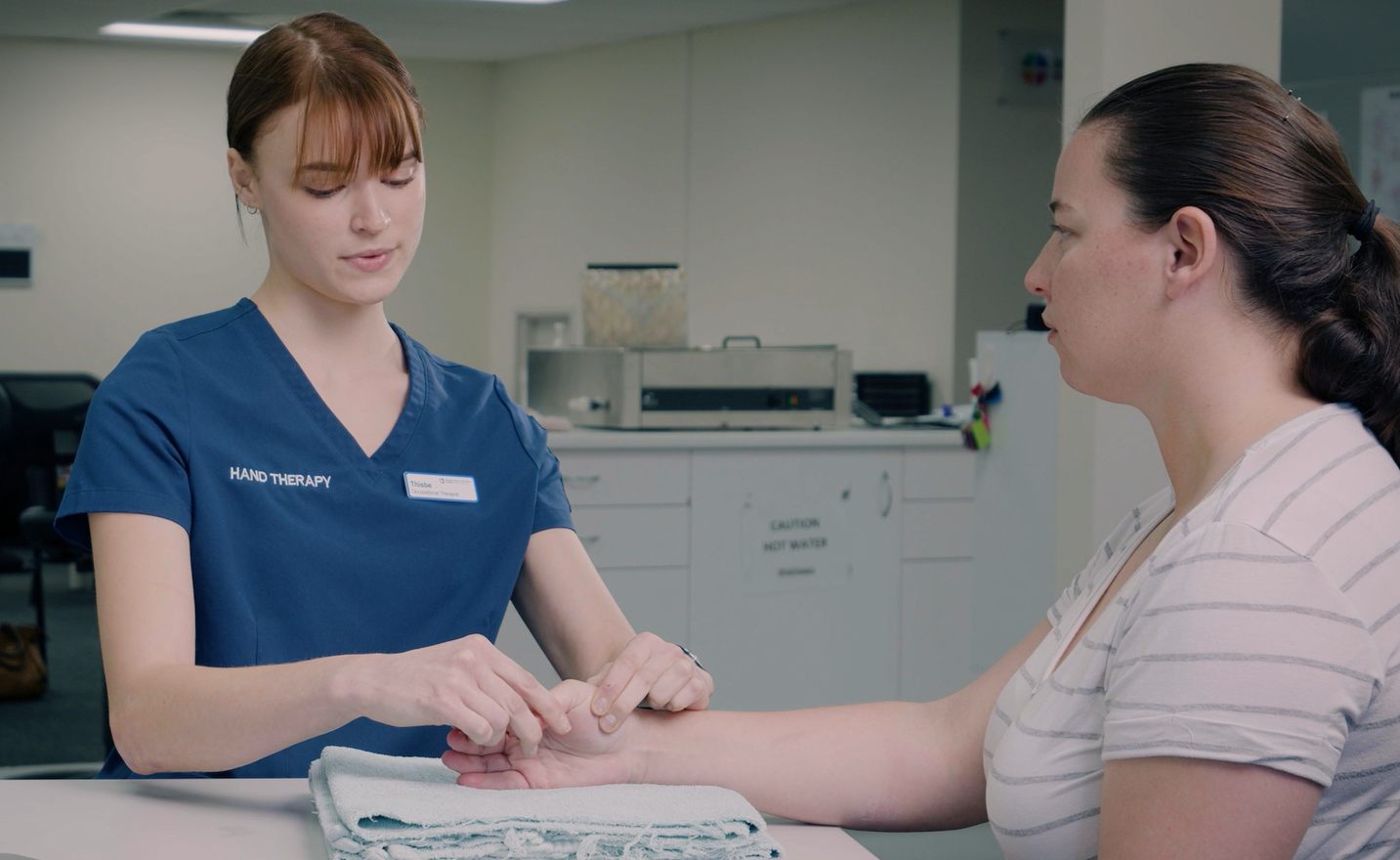
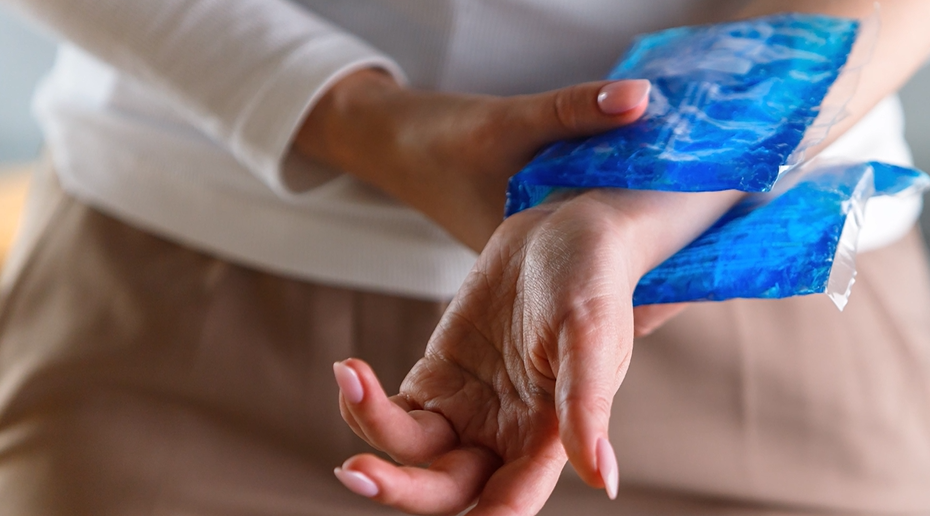
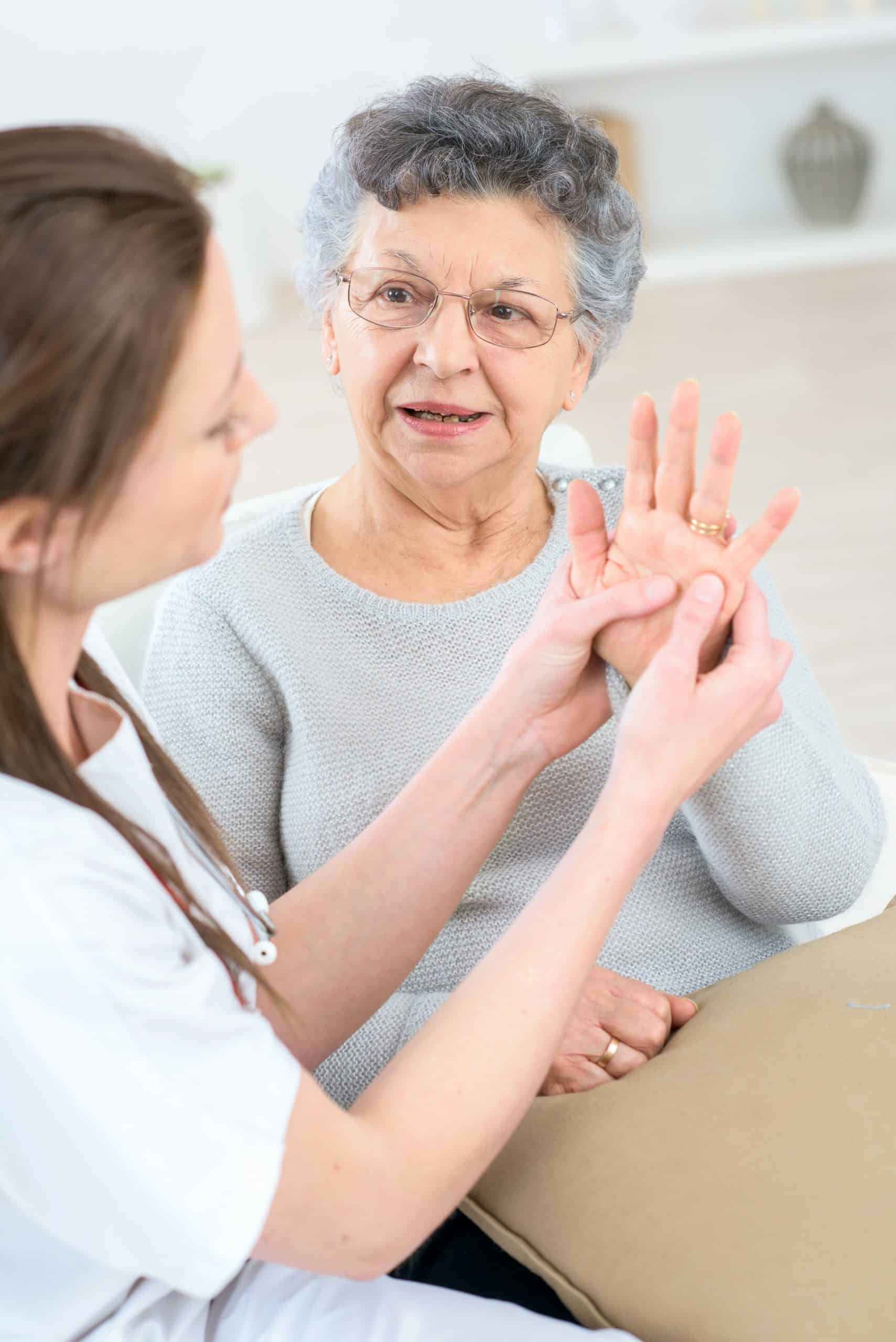
Hand Therapy In A Holistic Care Model
Hand therapists rarely work in isolation.
Normally, patients will receive care from doctors and specialists too – and, if that care is delivered by different providers, the patient journey can become fragmented.
Costs blow out, referrals and bookings take time, and the patient is forced to communicate information between different parties, which can lead to less effective care.
That’s why our hand therapists work exclusively in multidisciplinary teams.
If one of your workers is injured, your dedicated relationship manager will assign them a clinical case manager (normally, one of our doctors), who will then orchestrate diagnosis and treatment by composing a care team of different specialist and allied health practitioners.
The result: each worker receives the care they need as quickly and cost-effectively as possible, leading to better clinical outcomes.
Interested In Our Physiotherapy Services?
At RediMed, our physiotherapists can both advise and directly assist patients on their recovery journey with their years of experience in helping restore quality of life.
How Our Hand Therapists Work
Before your worker’s finger, hand, arm or shoulder condition can be treated, it first needs to be diagnosed.
The first point of contact in the diagnostic process will normally be one of our doctors or occupational physicians.
Depending on the nature of the condition, our specialists and hand therapists may also be involved.
If the condition has been caused by work, we’ll issue a diagnostic and prognostic report and a first certificate of capacity.
Following diagnosis, your worker’s assigned clinical case manager (normally a doctor) will develop a treatment plan in consultation with one of our hand therapists and your dedicated relationship manager.
We’ll also liaise with you and your insurer to coordinate the medicolegal aspects of your worker’s injury, such as developing a return-to-work program.
Once a plan has been established, your worker’s care team will start treatment, which can include exercise-based, environmental, pharmacological, and surgical interventions.
At predetermined intervals, we’ll review your worker’s recovery progress and issue progress certificates of capacity.
Cancellations should be made at least 24 hours before the appointment time to avoid non-attendance fees.
Hand Therapy FAQs
Repetitive strain injuries (RSIs) are a group of conditions that develop through repetitive movements and sustained postures. Most RSIs occur in the hands, wrists, arms, shoulders and neck, and are often triggered by actions like pushing and pulling, continuously looking up and down, or bending over for long periods.
Common RSIs include:
- de Quervain’s disease (intermittent pain or tenderness in the tendons on the thumb side of your wrist)
- tenosynovitis (tendon pain in the hand, wrist or elbow upon moving)
- carpal tunnel syndrome (pain or sensory loss in the hand or arm)
- epicondylitis (pain around the outside of the elbow; also known as tennis elbow)
- tendonitis (often, pain in the shoulder, elbow or bicep)
- capsulitis (stiffness and pain in joints like the shoulder).
Different RSIs have different aetiologies and treatment pathways. Rest, exercise therapy, manual therapy, better in-role ergonomics, immobilisation via splints, massage, thermotherapy, localised injections, and even surgery are all possible interventions – which is why a multidisciplinary approach is so critical.
If a patient’s tennis elbow didn’t improve with rest and exercise therapy, for example, their RediMed hand therapist could coordinate internally with one of our occupational physicians to deliver corticosteroid injections. In a traditional care model, the patient would have to be referred to a third-party physician – a time-consuming, expensive process that leads to more time off work and a risk of ‘falling through the gaps’.
Arthritis is a bracket term for over 100 types of chronic joint diseases. The two most common types of arthritis are rheumatoid arthritis (an inflammatory autoimmune condition that damages joints and other organs) and osteoarthritis (a non-inflammatory condition that damages joint cartilage).
The exact causes of rheumatoid arthritis and osteoarthritis still aren’t known, but there are genetic and environmental risk factors. Osteoarthritis, for example, has been linked to mechanical stress, while rheumatoid arthritis can be triggered by inhaling substances like silica, asbestos, and textile dust.
Currently, neither type of arthritis can be cured. Instead, the goal of treatment is generally to minimise pain and functional loss, and, in the case of rheumatoid arthritis, induce remission (that is, stop further damage to joints and organs). Typically, treatment involves a combination of interventions such as:
- avoiding activities that induce joint stress
- using exercises to improve joint strength
- improving diet and general health
- using topical or oral NSAIDs for pain relief
injecting the affected joints with medications like corticosteroids.

